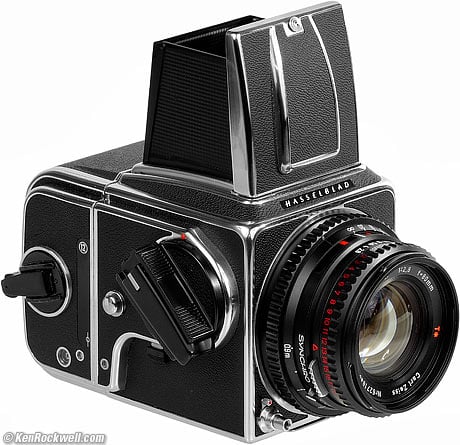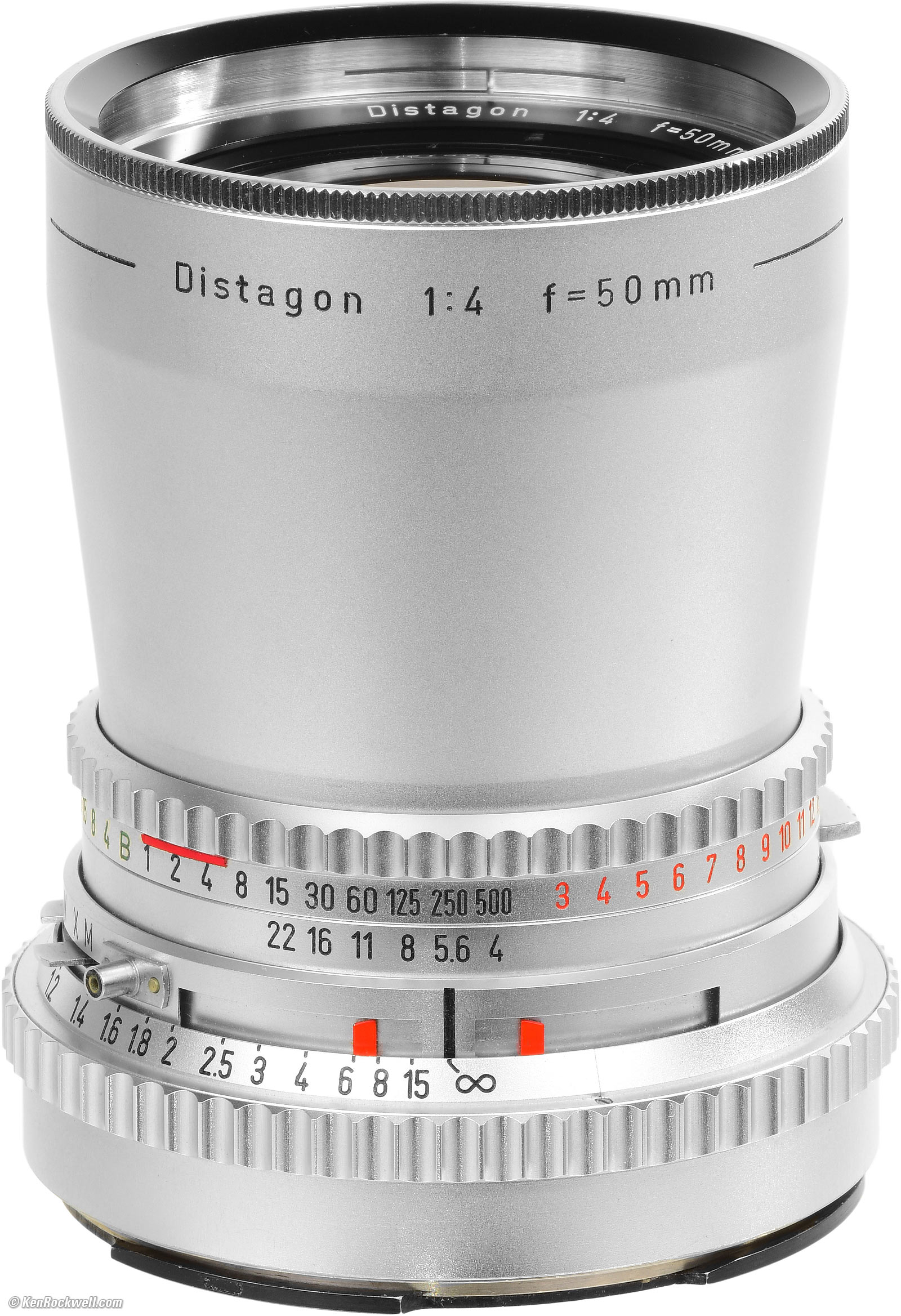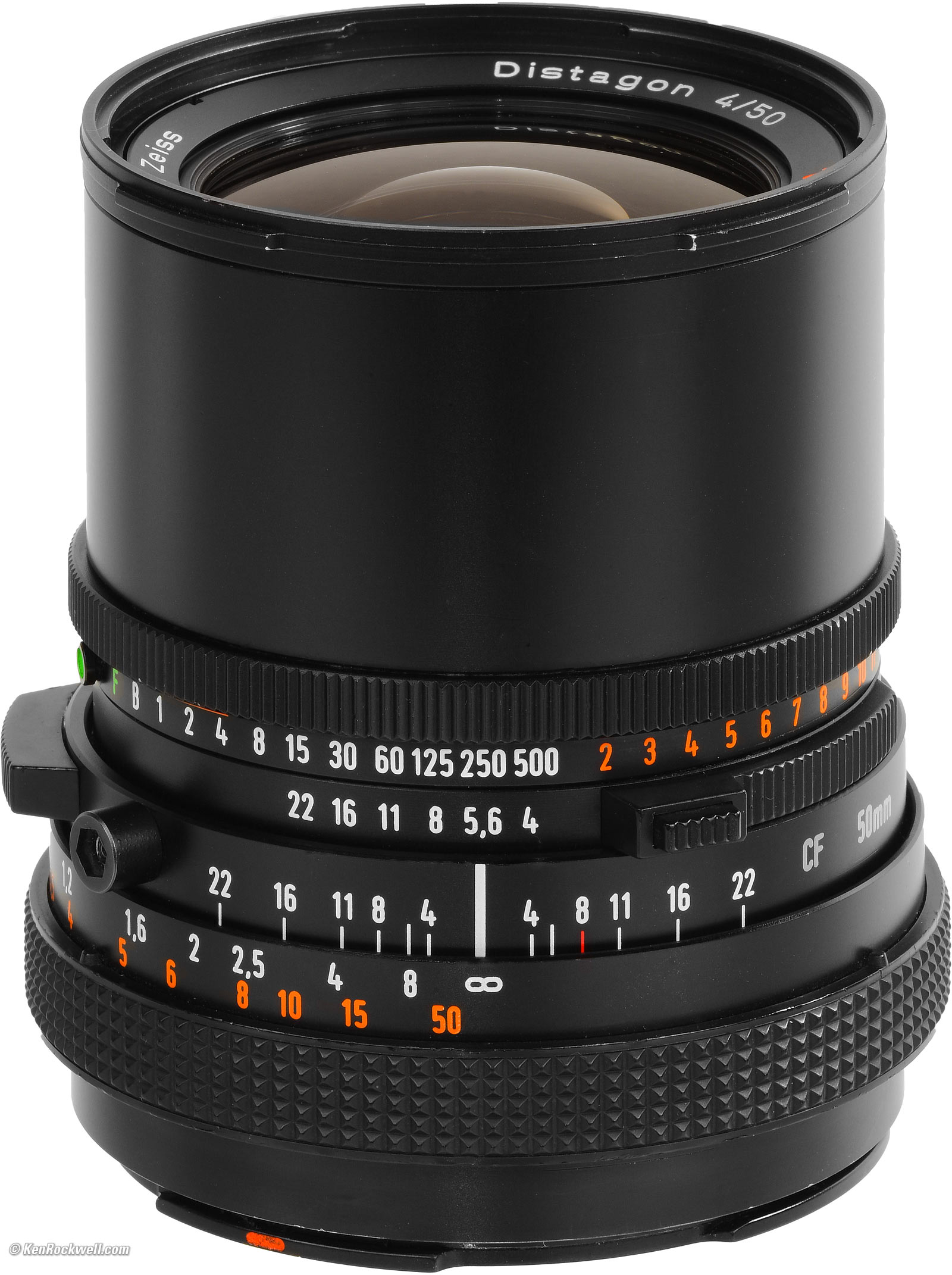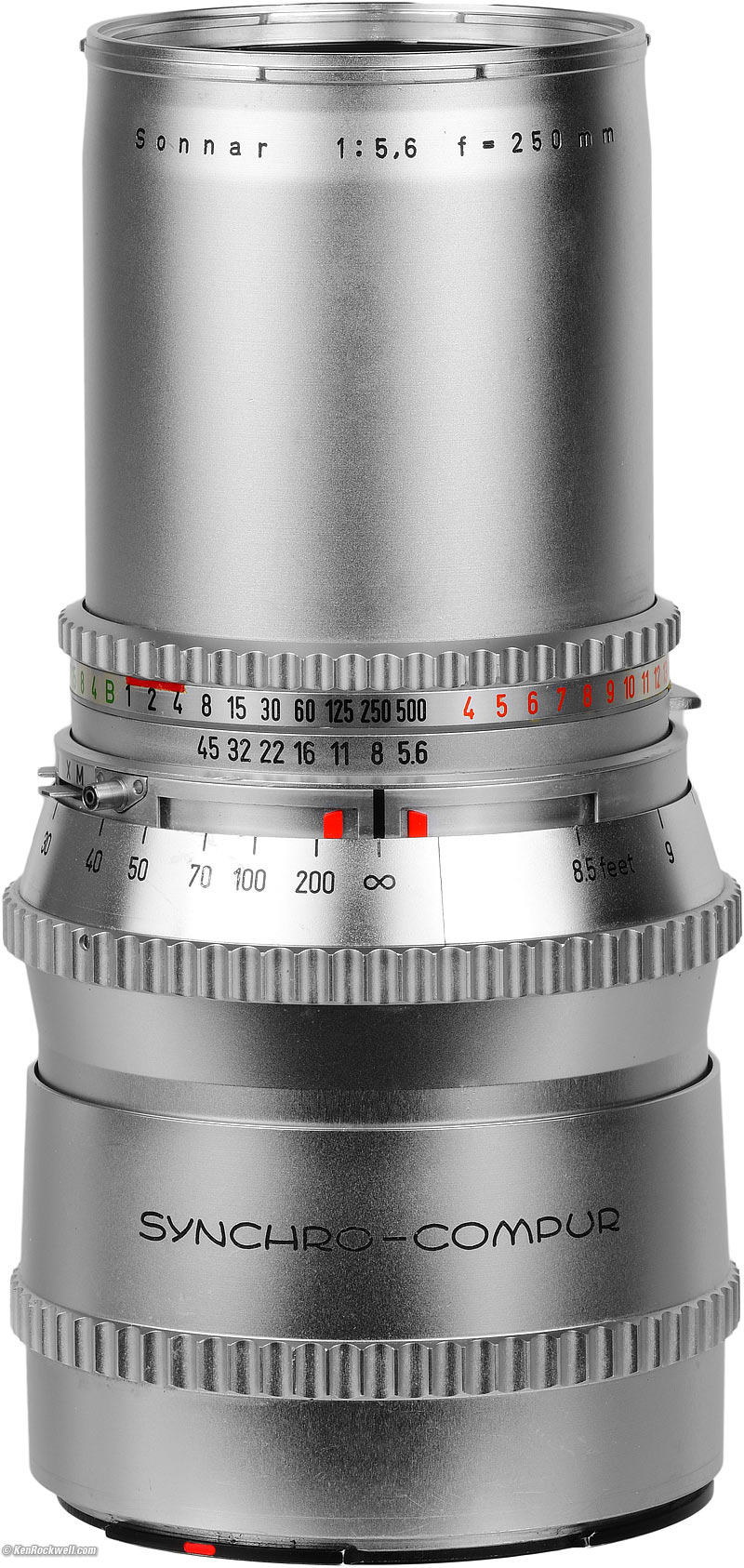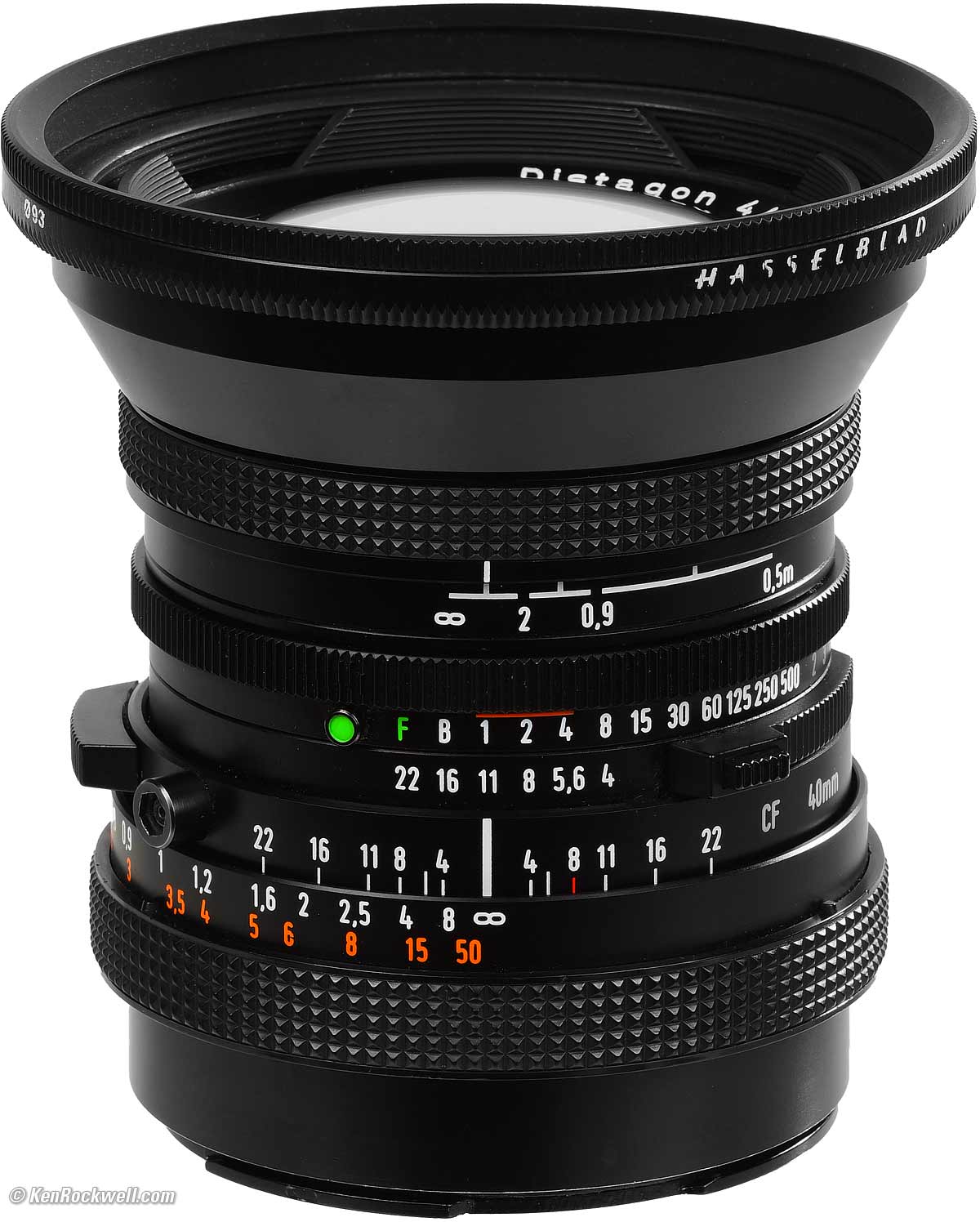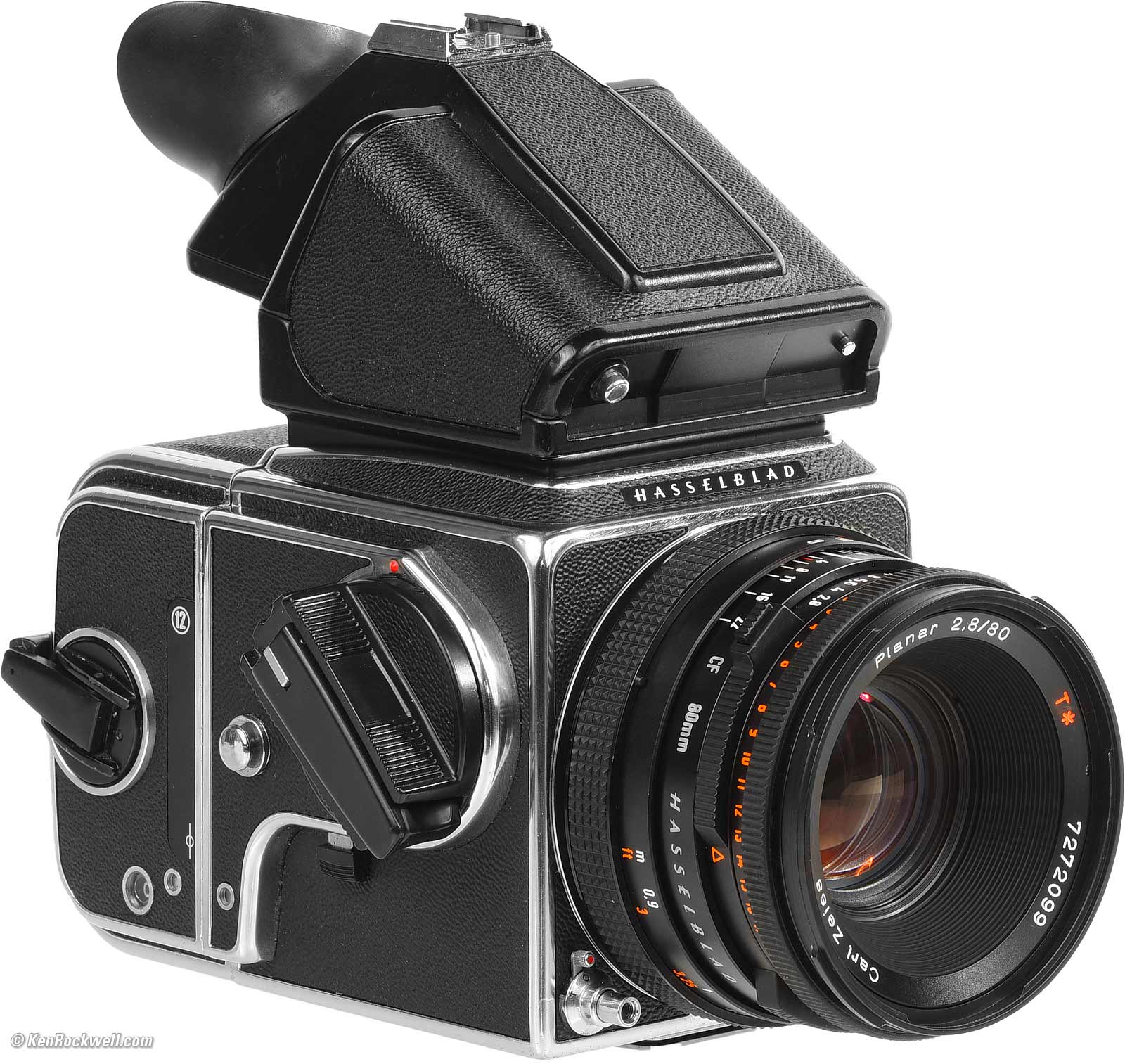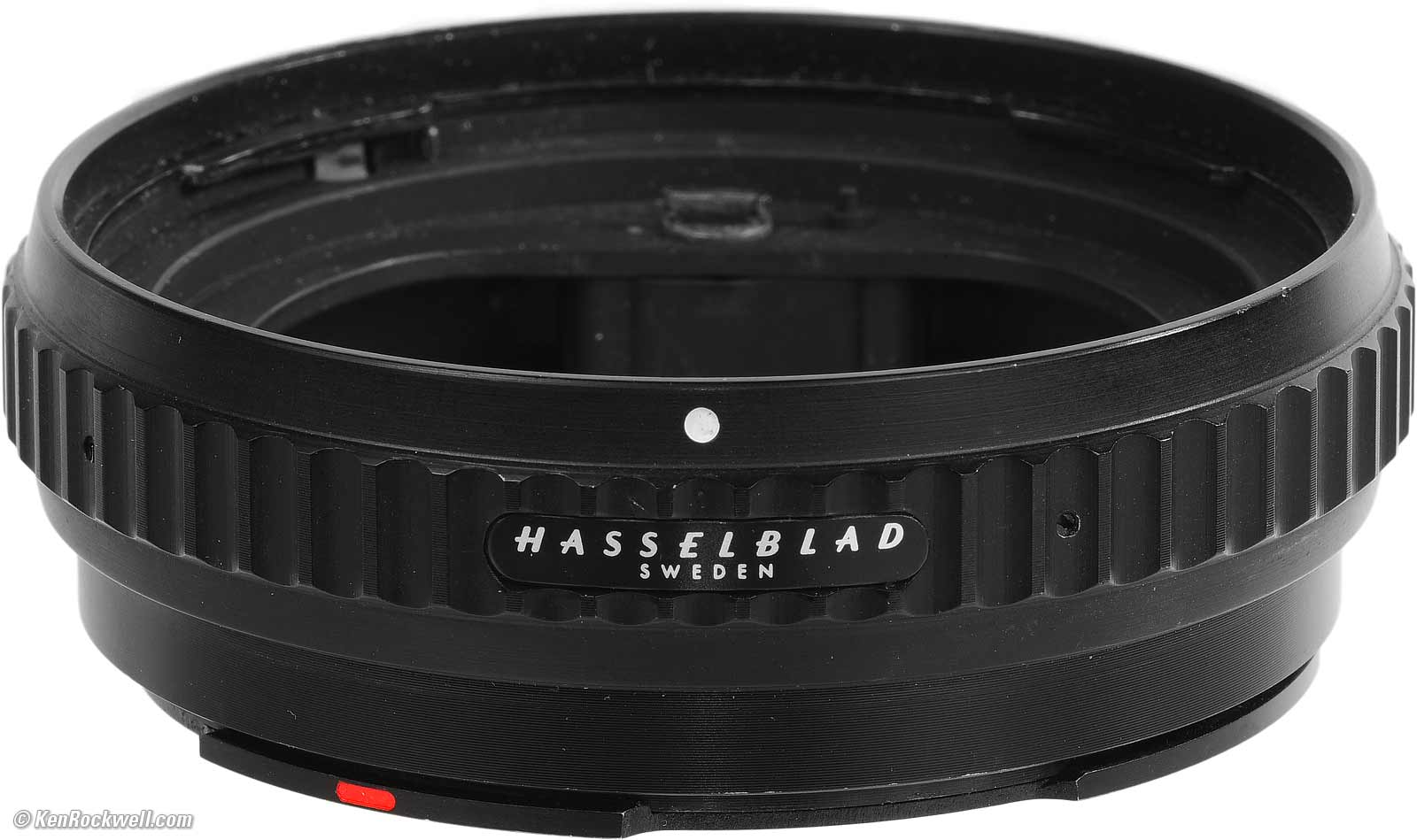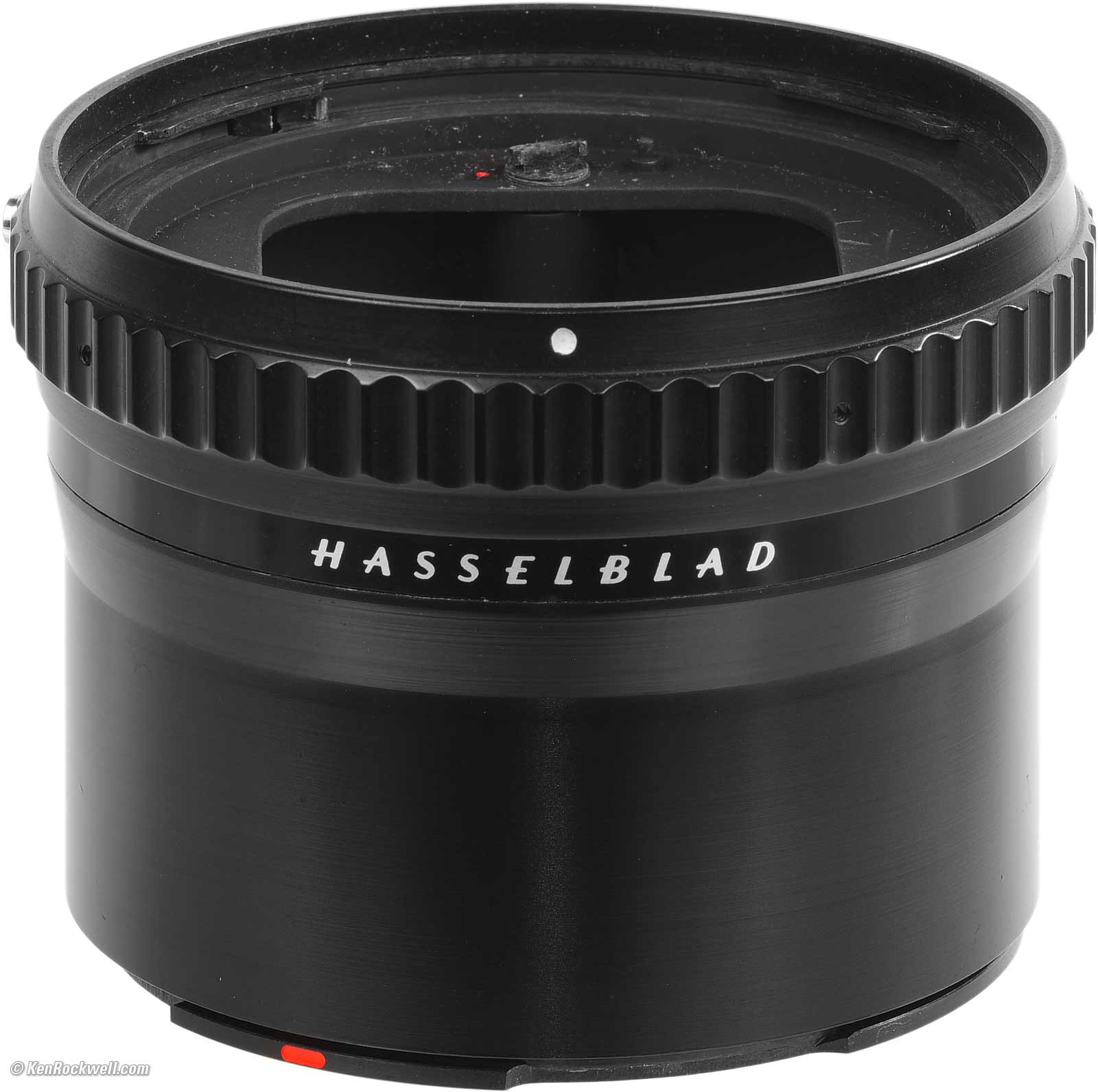HASSELBLAD Reviews
Guide to HASSELBLAD
HASSELBLAD 500 C/M with ZEISS PLANAR 80mm f/2.8, pop-up finder, crank advance and A12 back. I got all my HASSELBLAD equipent used at eBay (How to Win at eBay).
Why Fixed Lenses Take Better Pictures
Cameras Lenses Accessories
NEW: HASSELBLAD Date Codes.03 April 2024 |
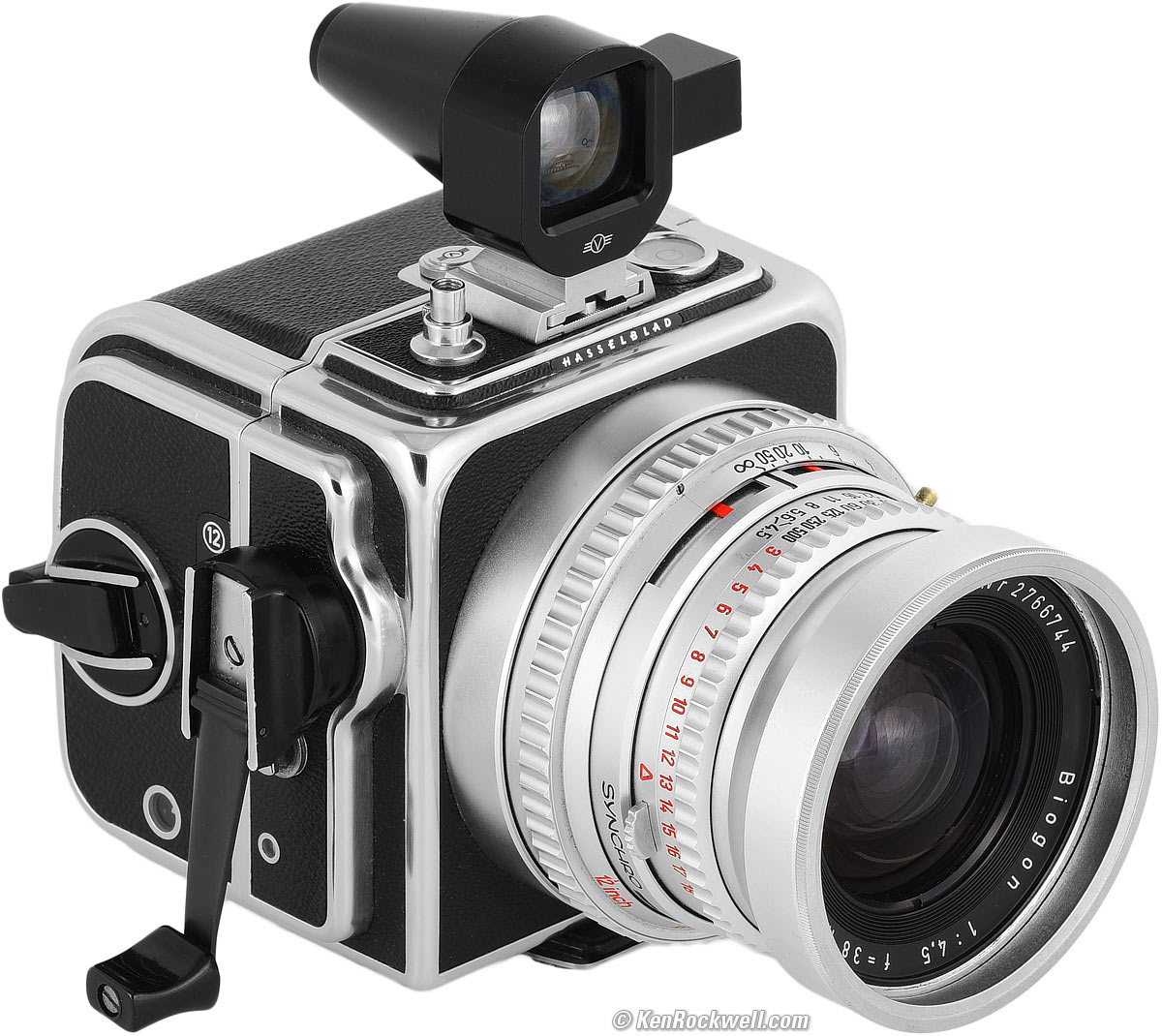 |
HASSELBLAD SWC |
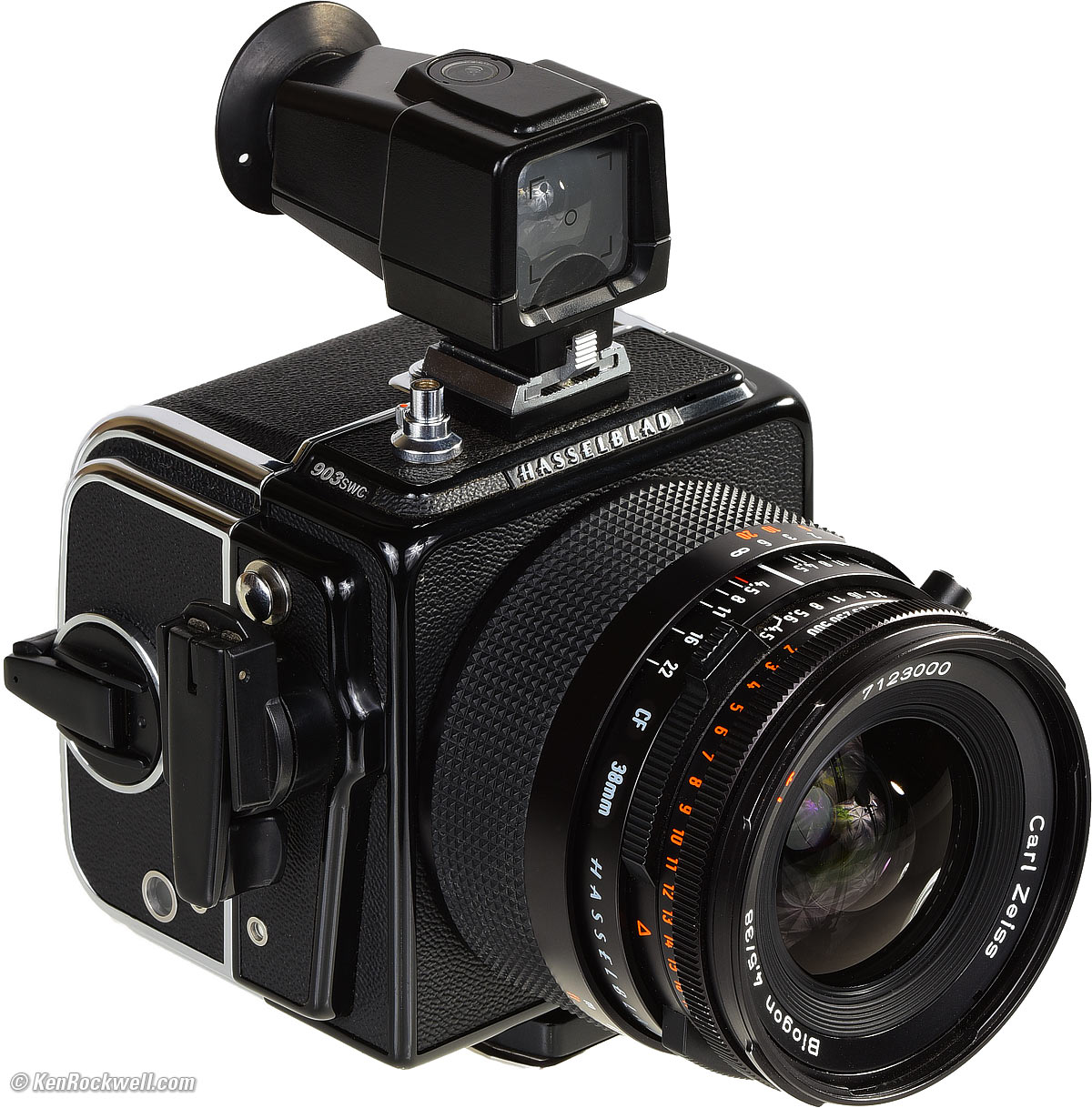 |
HASSELBLAD 903 SWC |
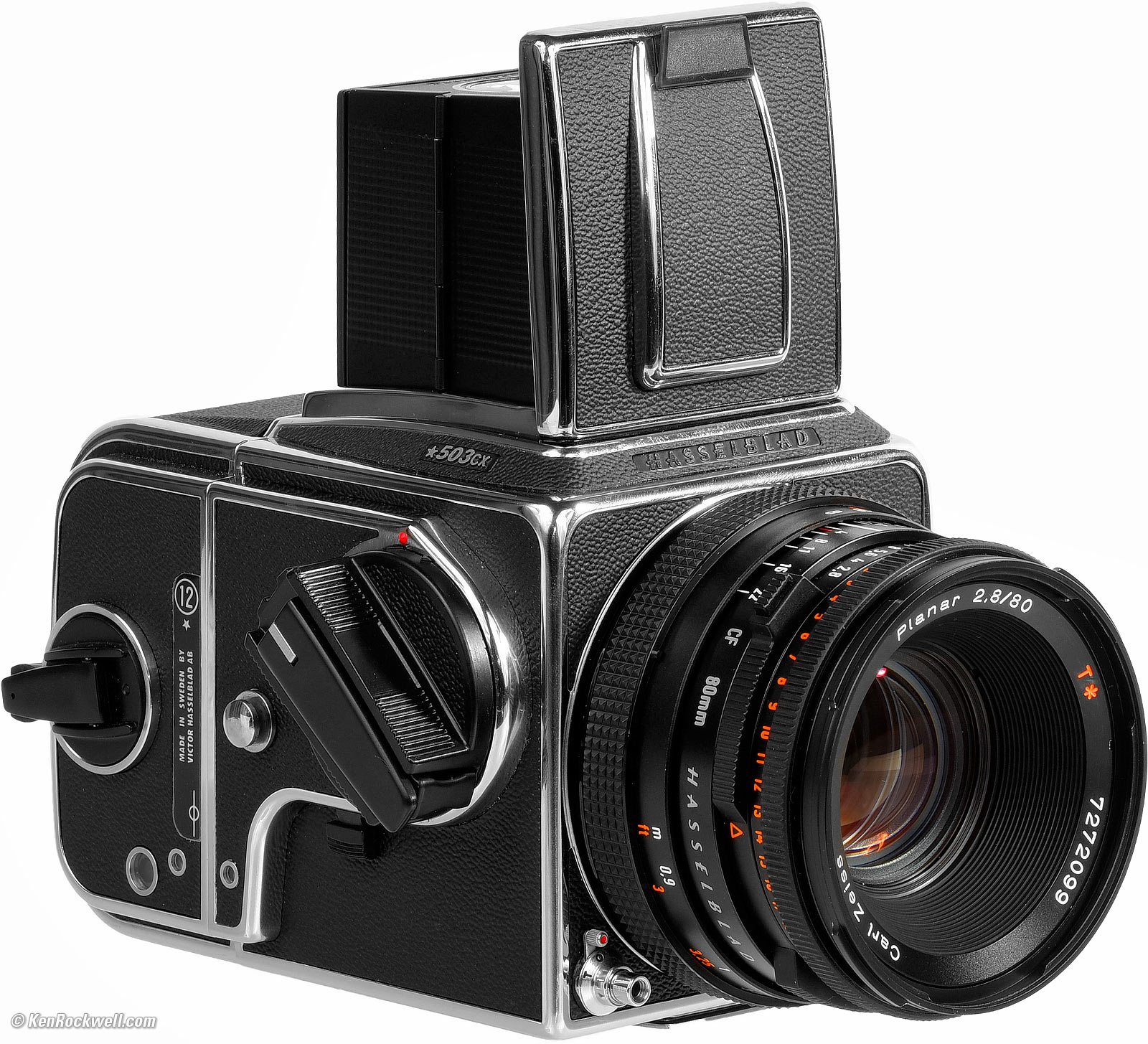 |
HASSELBLAD 503 CX |
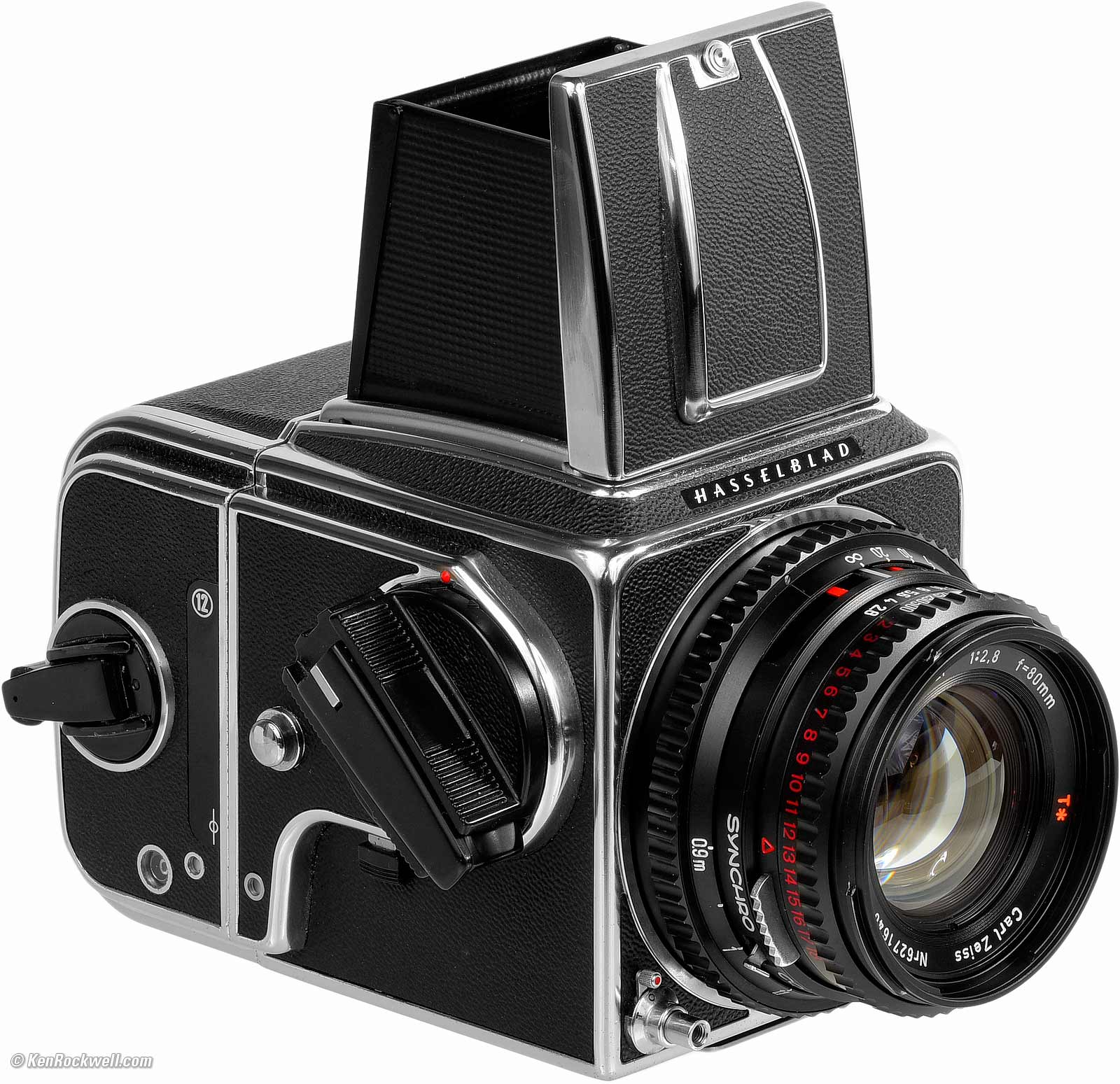 |
HASSELBLAD 500 C/M(under construction) |
Lenses Cameras Accessories
Zeiss Distagon 50mm f/4 C1964 ~ 1982 Series VIII filters, 32.3 oz./916 g, 1.5'/18"/0.45m close focus |
Zeiss Distagon T✻ 50mm f/4 CF1982 ~ 1989 B60 bayonet filters, 27.8 oz./789 g, 1.5'/18.2"/0.46m close focus |
Zeiss Sonnar 250mm f/5.61957 ~ 2013 B50 filters (later B60), 32.8 oz./929g (later 35.3 oz./1,000g), 8.2'/2.5m close focus. |
Coming: Zeiss Distagon 40mm f/4 CF FLE |
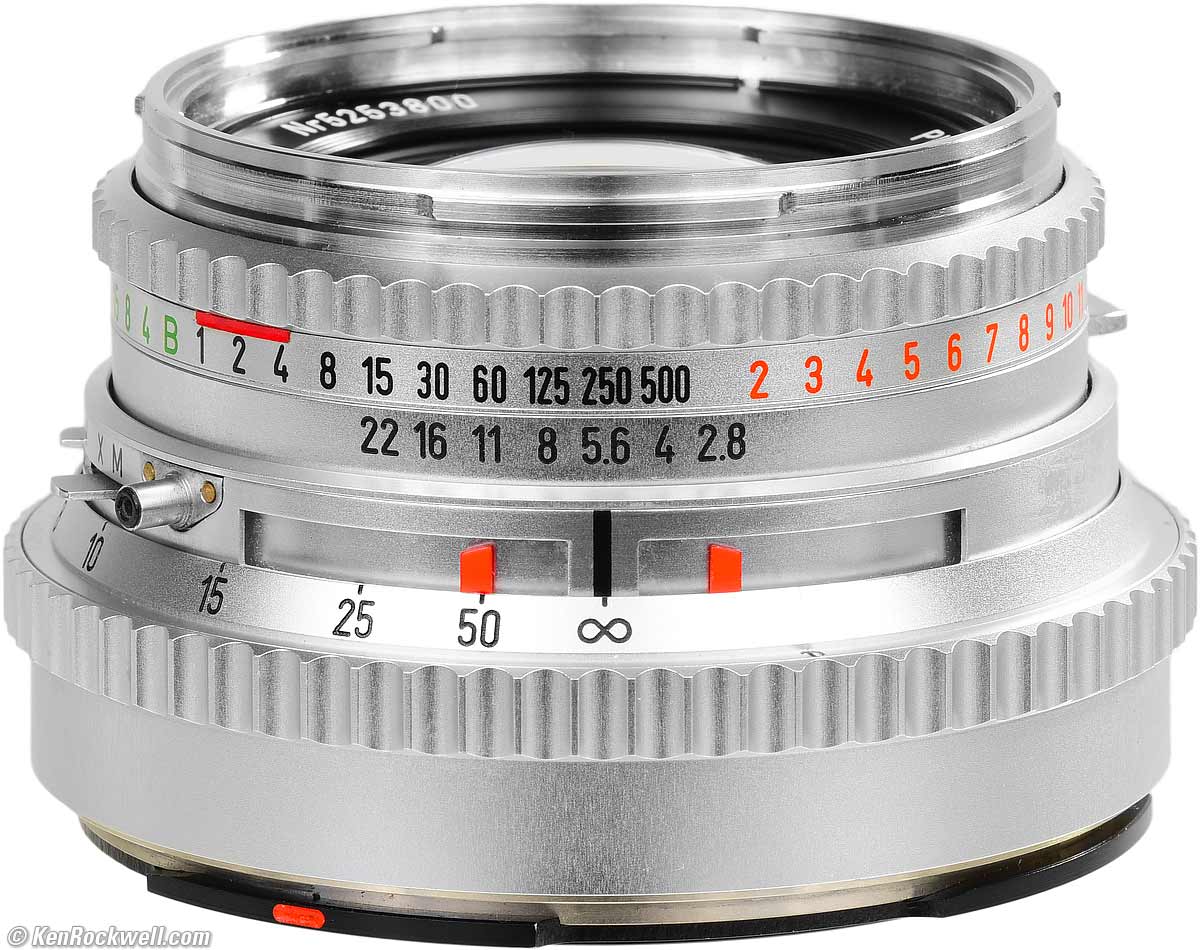 |
Coming: Zeiss Planar 80mm f/2.8 C |
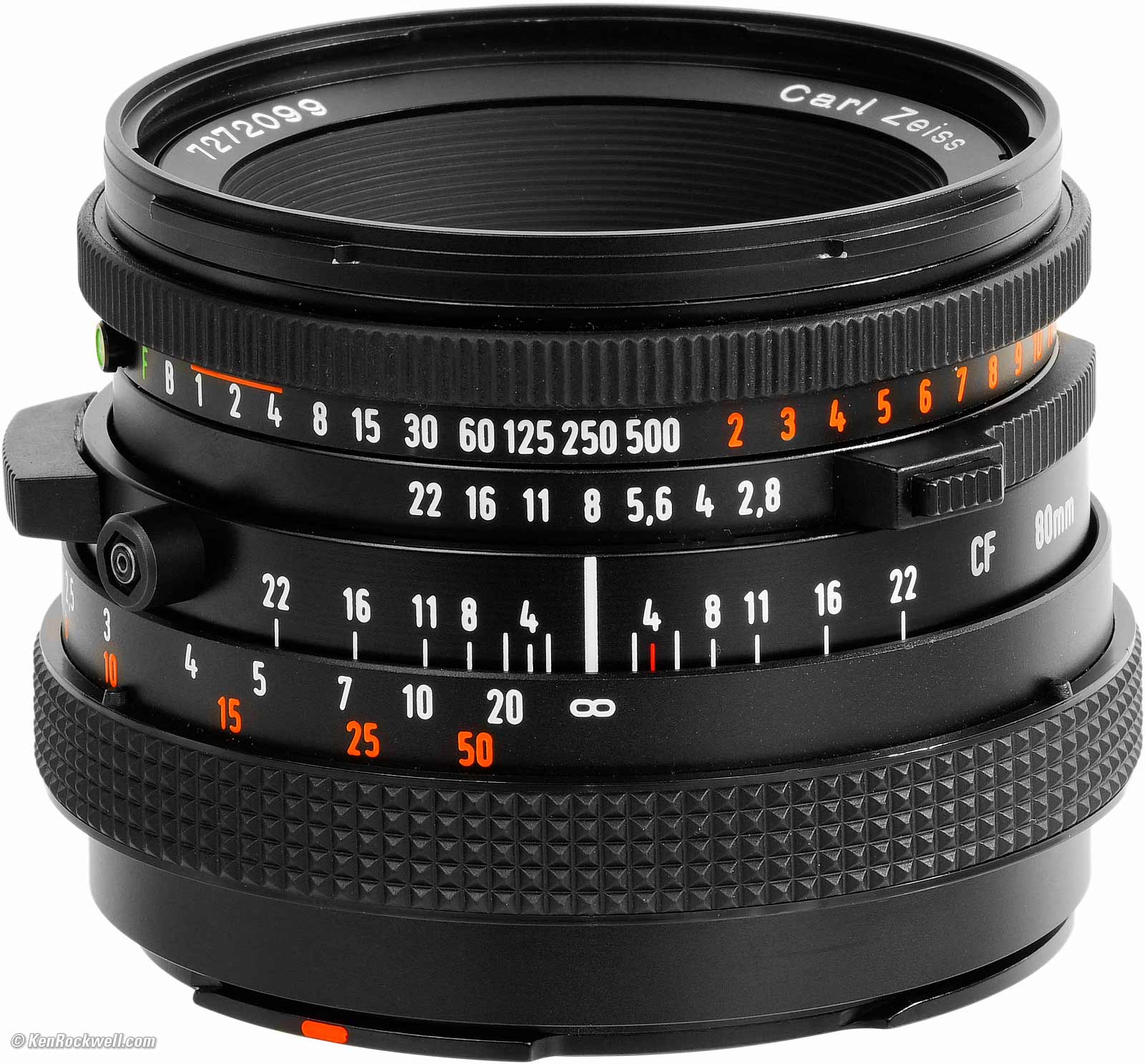 |
Coming: Zeiss Planar 80mm f/2.8 CF |
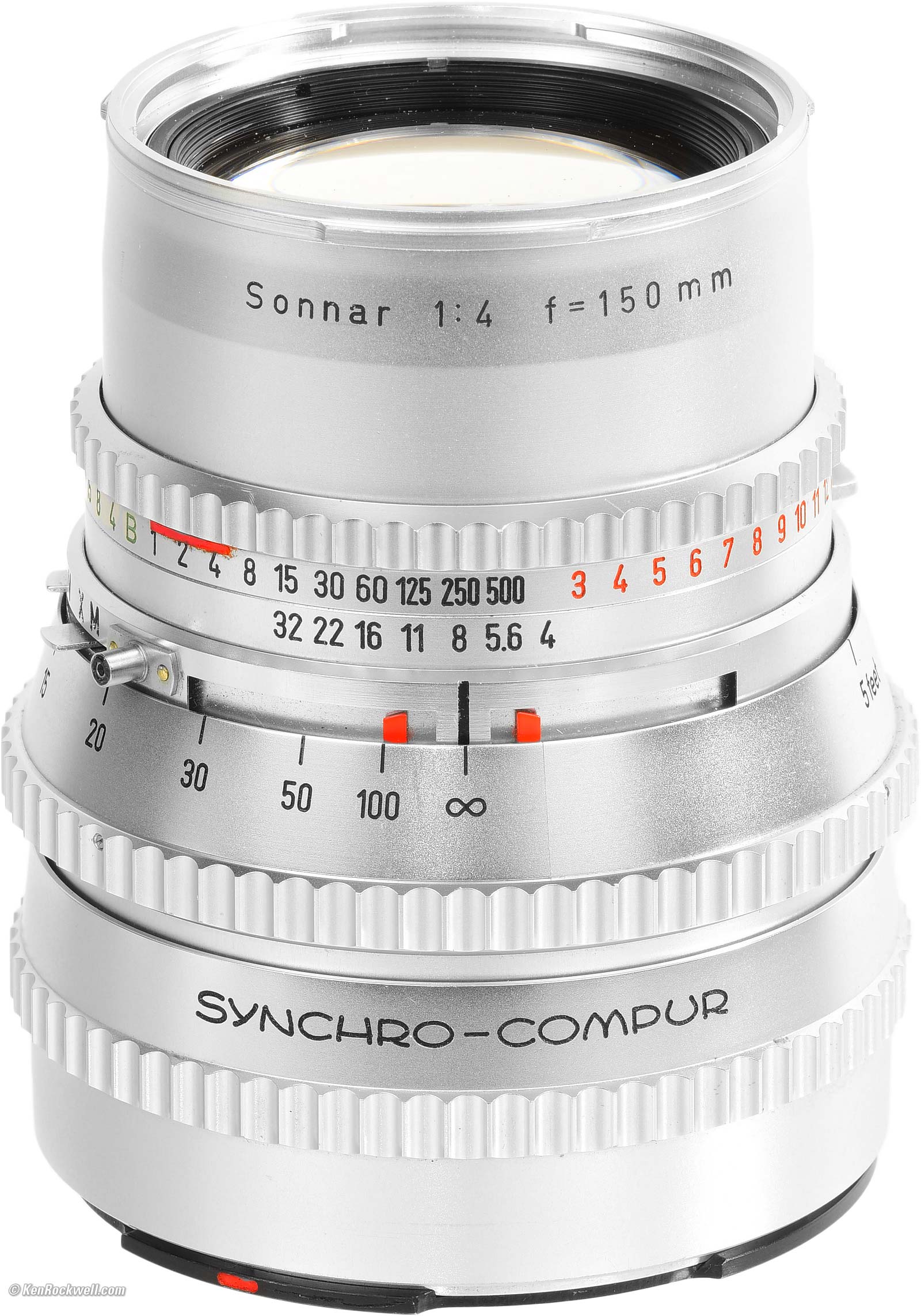 |
Coming: Zeiss Sonnar 150mm f/4 C |
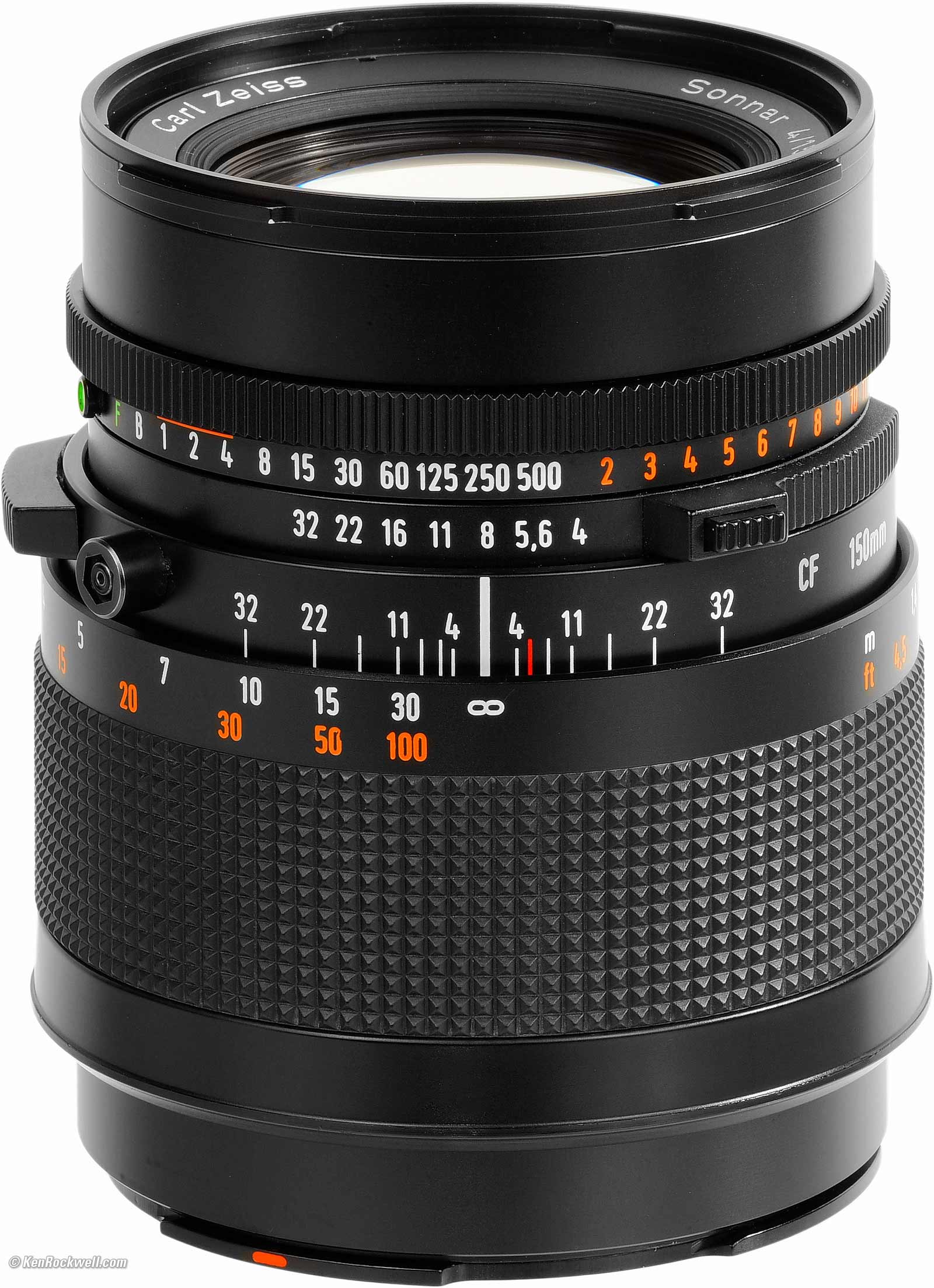 |
Coming: Zeiss Sonnar 150mm f/4 CF |
Accessories Cameras Lenses
NEW: HASSELBLAD PME Prism Meter Finder Review.14 May 2022 |
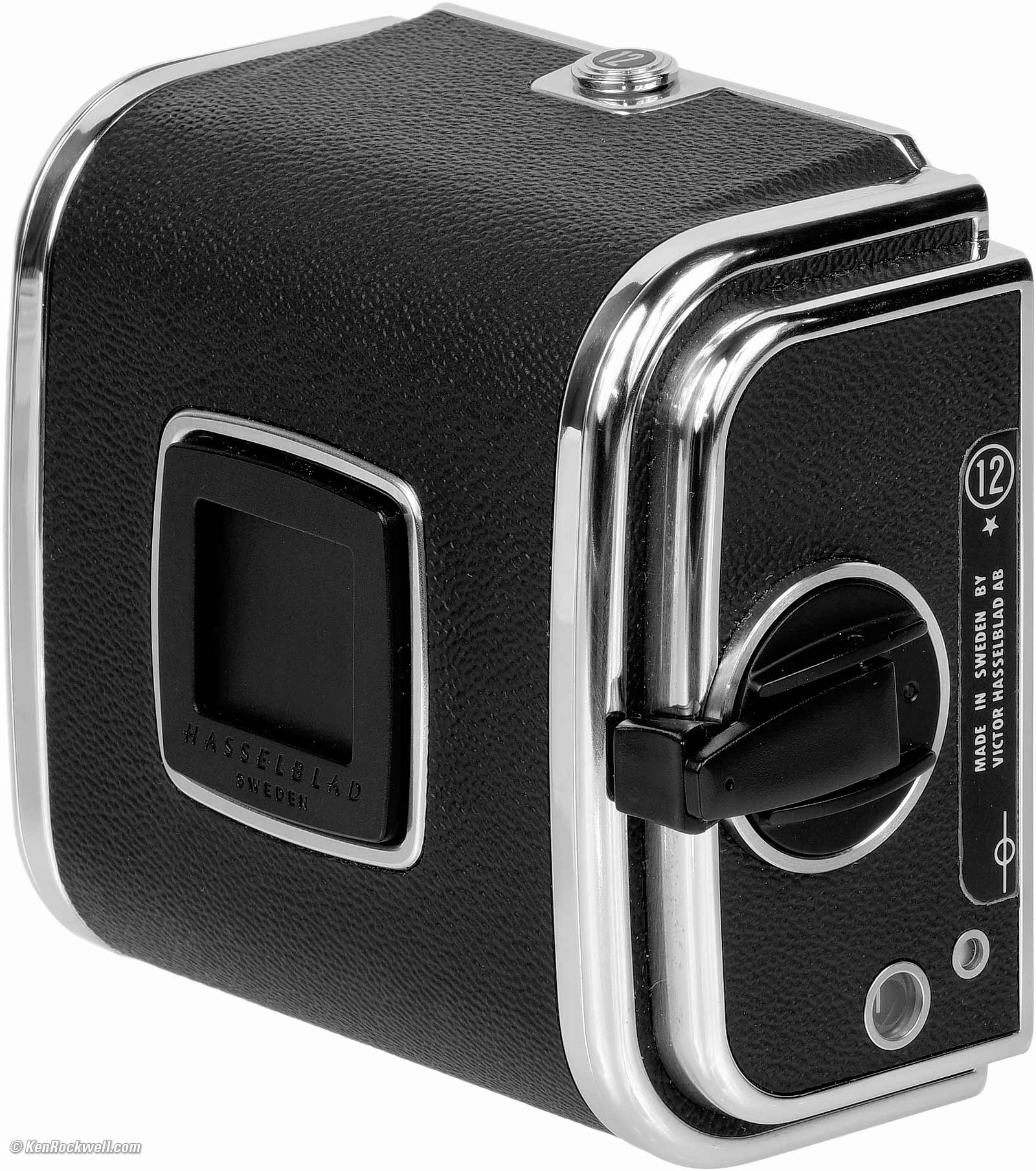 |
HASSELBLAD A12, 12, A16, A24, A32, E12 & E24 Magazines |
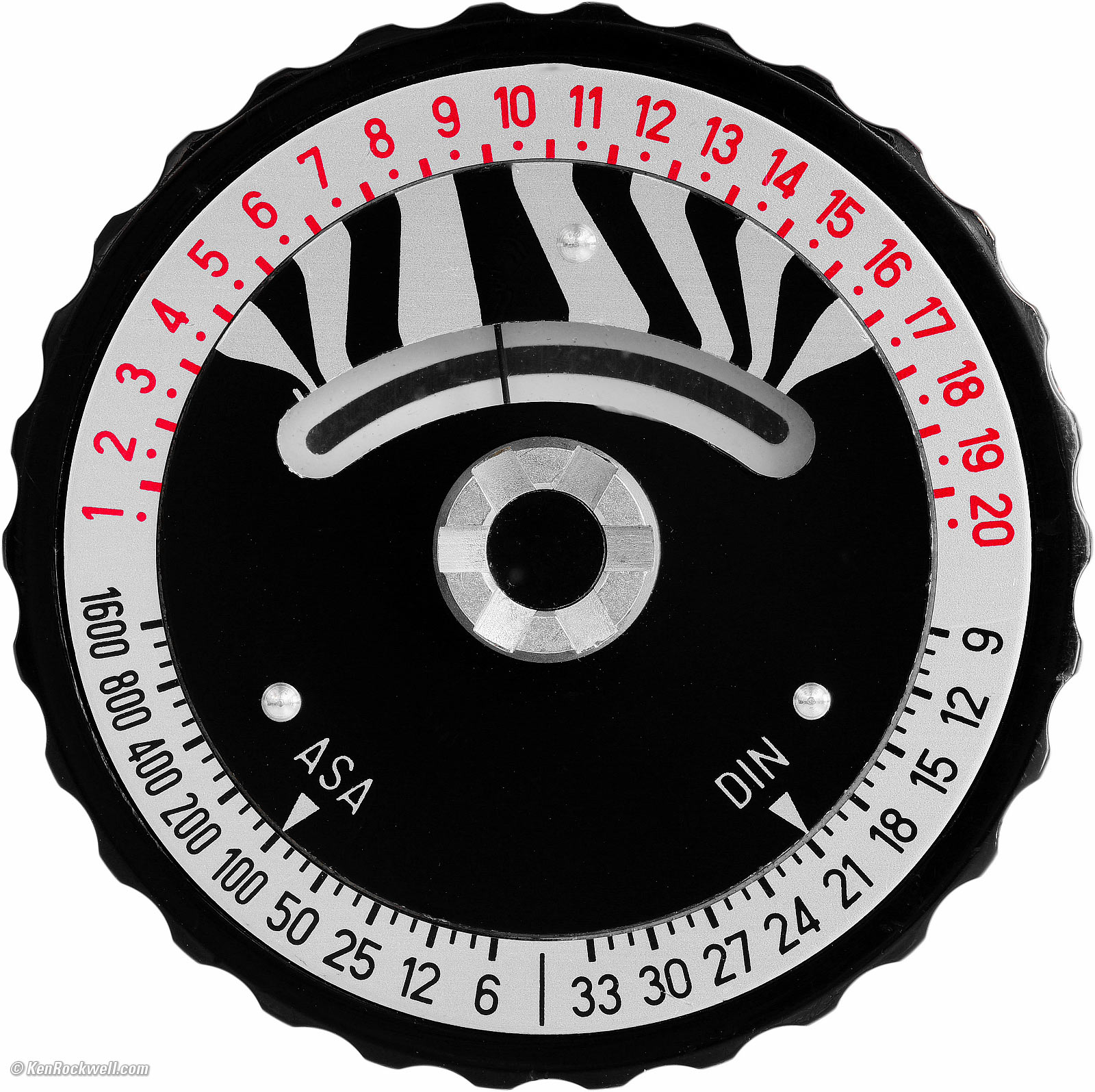 |
HASSELBLAD Meter Knob1957 ~ 1991 Selenium LV 4 ~ 17, 1.9 oz./54g (2.9 oz./82g in carry case) |
HASSELBLAD Extension Tubes1957 ~ 2013 |
Digital
 |
HASSELBLAD X1D2016- 50 MP mirrorless; 33 x44mm sensor. |
Nikon D3 versus HASSELBLAD H3D-22Mb
Guide to HASSELBLAD Medium Format Film Systems (also called "C" or "V")
I got all my HASSELBLAD equipent used at eBay (How to Win at eBay).
Why Fixed Lenses Take Better Pictures
HASSELBLAD has been the world's most coveted professional camera ever since the 1950s when Ansel Adams and almost every other top commercial photographer started shooting them. HASSELBLAD remained in this spot, a spot so high that it gave LEICA owners a camera about which to dream, until this line of HASSELBLADs was discontinued on 29 April 2013.
Everything HASSELBLAD made from 1957 through 2013 is forwards and backwards compatible, like LEICA. It's a real European professional system, not garbage from the Orient like Nikon, which has more incompatibilities in its systems than Swiss cheese has holes. With HASSELBLAD, it all works together - no need to buy anything new.
Professionals accept nothing less. We demand that what we buy doesn't have to be replaced every 10 or 20 years. With HASSELBLAD, what you buy used today should last and be serviceable for decades, and should all work with each other. Even film magazines from the 1940s work on the newest cameras from the 2000s!
Camera Bodies
Today, if you're not trying to use TTL flash or motor drives etc. that people rarely use today for what we shoot with film in HASSELBLADs, all the bodies are all the same for practical shooting.
While all the bodies take the same pictures, the earliest have very, very dark finder screens. Get at least a 501C or 503 CX which has a modern super-bright "Acute-Matte" screen, otherwise it's nearly impossible to see well enough to focus with the standard screens of older models like the otherwise wonderful 500 C/M.
You can buy bright screens (Acute-Matte) and use them in the old 500 C/M (not 500C) bodies, but the screens themselves sell for enough to make up the difference in price to just get a newer body with the brighter screen. Avoid off-brand "bright" screens; they don't work very well. Stick to HASSELBLAD's Acute Matte screens for the best results.
Viewing and Metering
Forget the iconic pop-up viewing hood. Its images are reversed left to right and it's a pain to see anyway. Get a prism to see properly.
I prefer a PME-style Metered Prism. It both makes viewing much better, and with its built-in through-the-lens-meter, tap a button, read an EV number in the finder, set that on the lens, and your exposure is set.
Be sure your prism is calibrated to whichever viewing screen you use. The oldest model PME I use was originally calibrated for the dark screens, but the one I bought used recently just happened to have been calibrated for an Acute-Matte screen, so I was all set. Just set your ASA dial as needed to get the correct reading; no need to send it out.
Lenses
When selecting a set of lenses, know that the classic Hasselblad set is the 50/4, 80/2.8 and 150/4 (28mm, 44mm and 80mm equivalents). Add the 250/5.6 (135mm equivalent) if you like, and you're done. These are all Ansel Adams ever needed. He shot most of his commercial and later work on HASSELBLAD. Thankfully these popular ones are the most useful and therefore most plentiful today used.
HASSELBLAD never let amateurs on to this, but the Zeiss optics for the most popular lenses like the 80mm f/2.8, 150mm f/4 and 250mm f/5.6 were so perfect at their introduction in 1957 that, except for the very minor improvement of adding T✻ multicoating in the 1970s, their optical designs never changed through 2013!
HASSELBLAD introduced minor cosmetic changes along with marketing fluff like blacker black paint inside to try to scare amateurs into buying new lenses, while pros all knew they had identical optics and just serviced and happily shot their decades-old lenses. The most important lenses in the HASSELBLAD system (80, 150 and 250mm) had identical optics for 56 years!
While the 40mm (21mm equivalent) and 50mm (28mm equivalent) lenses were completely redesigned and greatly improved in 1982, the legendary 38mm (20mm equivalent) BIOGON lens of the SWC used from 1954~2001 was downgraded slightly in 2001 when they stopped using leaded glass, and also was otherwise unchanged for 59 years!
Personally I prefer the angles-of-view of the 40mm f/4 (or 38mm SWC) over the 50mm, but those are much heavier and use huge filters — and it is critical to use filters with color and B&W film. You will need a set in the right sizes. I prefer the 40mm over the SWC because the 40 uses the same SLR camera body so I can see exact focus and composition and meter with my prism.
The SWC is cool on paper, but has no metering and you have no idea what’s actually in the picture till you get your film back. 40mm requires some tricks and you can use regular 95mm filters, while SWC takes normal B60 filters as the rest of the CF lenses. When picking out lenses, pay rapt attention to getting all of them with the same filter size - otherwise you'll have to carry two sets of filters!
Lens Styles
While the optics are the same, the barrels have had many cosmetic and shutter variations over the decades:
C (chrome 1957~1972, then black 1972~1983)
C stands for Central (leaf) shutter, a completely new system from the earlier F (1000F and 1600F focal-plane shutter cameras) from the 1940s.
You can recognize these by their all-metal fluted focus rings.
A huge advantage to these first C lenses is that they all have self-timers built into their shutters so, along with the TIME exposure abilities of the HASSELBLAD bodies, you never need to use a cable release for vibration-free exposures of any length.
The C lenses also have a clever depth-of-field calculating analog computer that uses two red moving depth-of-field indicators!
These older C lenses are now so old you should budget time and money to have them overhauled for the shutters to work well, otherwise they almost always will be sticky and slow.
Most take Bayonet 50 filters, while the SWC and 50mm lenses took Series 8.
I wouldn't buy one of these unless you are a repairman. Even if the lens sounds like it's working OK, unless its been recently overhauled by a specialist, it's unlikely to be running accurately.
CF (1983-)
CF lenses have rubber-covered focus rings.
These also work with HASSELBLAD's newer electronic focal-plane shutter cameras (but not the ancient 1000F and 1600F), thus the name "CF."
While I love the self-timers of the older C lenses, I prefer the CF lenses because they almost always work perfectly when you get them without needing service.
Most CF and newer lenses take Bayonet 60 filters, including the 903 SWC and 50mm lenses.
Newer lenses (CB and CFi) got cheaper and used more plastic; they added fluff like automation for use with the newer bodies. This is why I suggest the CF lenses for use today: best quality and lowest prices.
CB
Avoid the CB (Crappy Basic) lenses. These were a line of cheaper lenses sold to try to get lesser photographers into the HASSELBLAD system.
These didn't last long (like Nikon's Series E in the 1970s); no one buys HASSELBLAD to use second-rate lenses.
CFi (1990s)
The CFi lenses have plastic (cleverly marketed as "macrolon") filter mounts. Boo!
CFE
CFE are like CFi, but add electronic contacts for use with HASSELBLAD's electronic cameras, leading us back to square one: unless you're using an electronic magic auto zone-system calculating HASSELBLAD, any working C or CF lens has the same spectacular optics for a lot less money and does the same things as the newest lenses.
Filters
Don’t forget a huge stack of filters with film; you can’t just shoot film properly without filters. If you shoot with no filters, you'll probably be very unsatisfied with your results. Film is completely different from digital in that we have to apply our white balance settings with colored glass filters rather than menu settings.
See:
Film
All this gear shoots film, and shooting film is a fine art in and of itself.
See How to Shoot Film and Film Speed Calibration.
Home Donate New Search Gallery How-To Books Links Workshops About Contact

